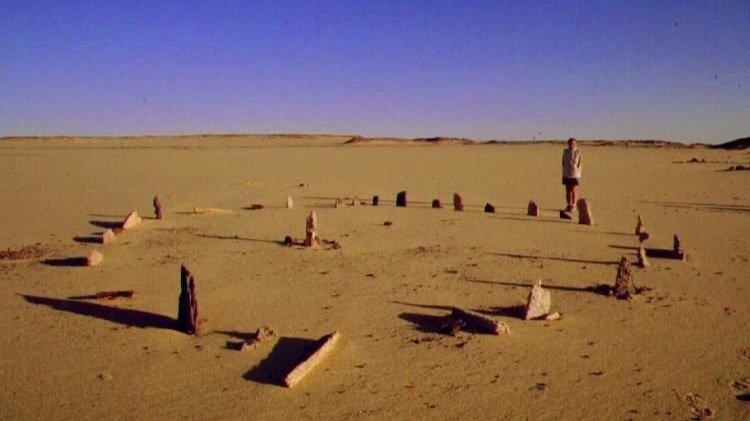Nabta Playa: An Ancient Astronomical Site in the Nubian Desert
Nabta Playa: Is The World's Oldest Astronomical Site Found in Africa? 🔗

Nabta Playa, located in the Nubian Desert of Africa, is considered one of the oldest astronomical sites in the world, dating back to around 7500 BC. The region was home to large Neolithic settlements that relied on deep wells for water and cultivated various crops. Archaeological discoveries, particularly in the 1990s, revealed stone circles aligned with celestial bodies, suggesting early astronomical observations and calendar systems. Research indicates these alignments corresponded with significant stars, including those in Orion's Belt, and imply the site served as a ceremonial center. Scholars continue to debate the accuracy of these alignments and their implications for understanding ancient societies.
What is Nabta Playa?
Nabta Playa is an archaeological site in the Nubian Desert, known for its ancient stone circles and astronomical significance, dating back to around 7500 BC.
Why is Nabta Playa important?
It is considered one of the world's oldest astronomical sites, showcasing early human attempts to understand and align with celestial events, which were crucial for agricultural and ceremonial practices.
What kind of evidence has been found at Nabta Playa?
Archaeologists have found alignments of stones that appear to correspond with the rising of stars, as well as evidence of early settlements that engaged in agriculture and animal husbandry.